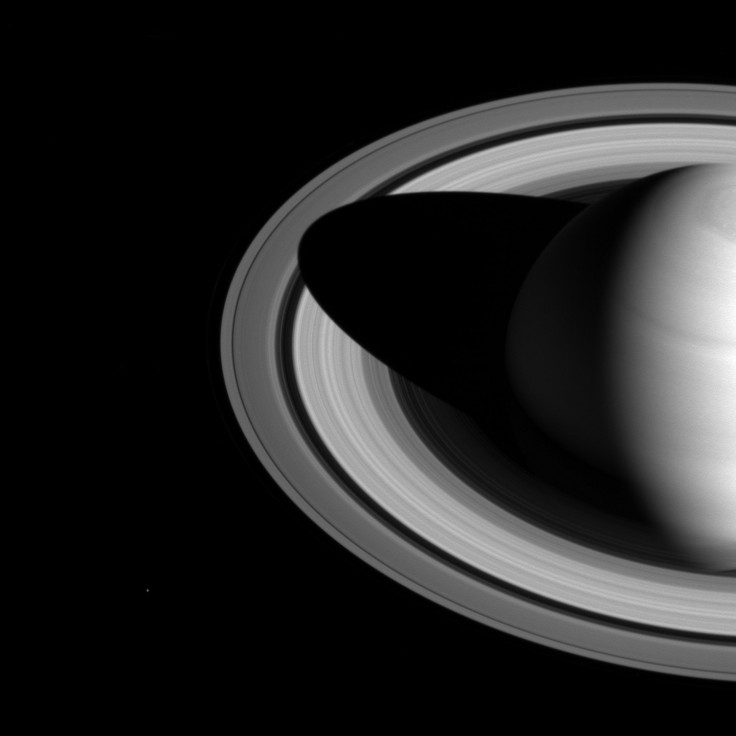Saturn Rings Mystery: Composition Discovered By Cassini Baffles Scientists

NASA’s Cassini mission around Saturn’s rings may have ended back in 2017, but the data from the space exploration keeps coming in and remains relevant for the U.S. space agency.
The Cassini probe was a joint project among NASA, the European Space Agency and the Italian Space Agency with the objective to learn more about the Solar System’s second largest planet, Saturn. Now new data have been released which gives light to new information about Saturn’s rings. These data were gathered when Cassini dove its closest to the giant planet during its last mission year.
According to a post from NASA, the data added further mystery as to the makeup of Saturn’s famous rings. It also reveals amazing details of features that seem to be embedded within the rings showing various textures and patterns. The data also help add information on how colors, chemistry and temperature change across the rings.
NASA indicated that information from Cassini, which were gathered using four of the probe’s instruments, has deepened the mystery surrounding Saturn’s rings. The close-up images brought into focus three very different textures of the rings that seem to exists in different planes. There’s clumpy, smooth and streaky, all of which are separated by belts and solid boundaries. The question remains as to why the rings are formed as such since the sections don’t seem to be connected by anything at all which scientists have already identified.
"This tells us the way the rings look is not just a function of how much material there is. There has to be something different about the characteristics of the particles, perhaps affecting what happens when two ring particles collide and bounce off each other. And we don't yet know what it is," Matt Tiscareno, lead author of the study and Cassini scientist from the SETI Institute in Mountain View, California, said.
The Cassini data were gathered during the Ring Grazing Orbits which happened from December 2016 to April 2017 and the Grand Finale which happened from April to September 2017. The NASA probe was flying just above the planet’s tops. Cassini eventually lost fuel so the space agency had no choice but to let it plunge on Saturn’s atmosphere after its last scientific dive.
NASA also said that the probe’s Visible and Infrared Mapping Spectrometer (VIMS) presented yet another mystery. Based on the spectrometer, the scientists also identified weak water-ice bands in the outer region of the A ring. The area is known for less-contaminated ice so stronger water ice bands should have been found instead of the weak water ice bands.
What’s more, the spectral data gave scientists more insight into what the rings are made of. Although it is widely known that the rings are mainly water ice, the latest Cassini data has ruled out ammonia ice and methane ice. What’s surprising, however, is that it can’t detect the organic compounds at all.
Per NASA, the organic materials were discovered flowing from the D ring to the giant planet’s atmosphere. So where did it all go?
"If organics were there in large amounts — at least in the main A, B and C rings — we'd see them. I'm not convinced yet that they are a major component of the main rings," Phil Nicholson, Cassini VIMS scientist of Cornell University in Ithaca, New York, said.
© Copyright IBTimes 2024. All rights reserved.





















